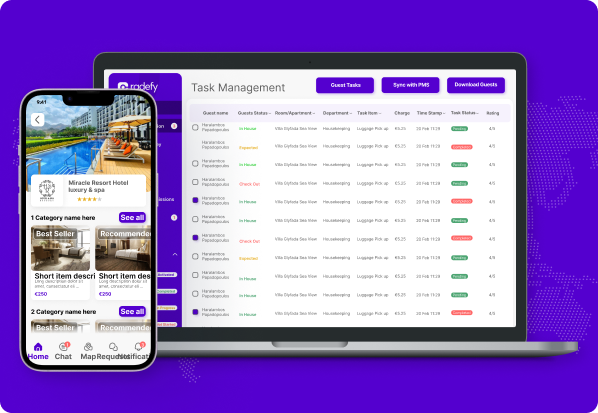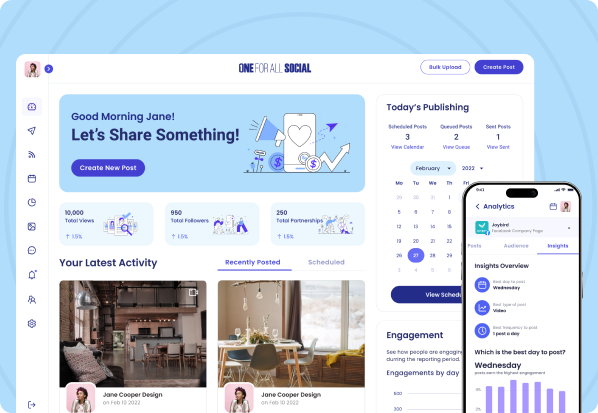A trusted development partner not only provides you with technical consultation throughout the SDLC but also helps you build your product or platform technically right and sound. However, not every software development company is an integrated one.
eSparkBiz is a leading software and web development company that houses expert developers and designers to offer world-class development services to clients across the globe. We have more than 400+ enthusiast technocrats with expertise in their respective fields, whether it be web development, software development, IoT development, or app development.
Hire dedicated developers from eSparkBiz to give a push to your plans towards digital advancement. Our expert team of developers have all that you need to build, scale, and grow your business efficiently. Our dedicated developers hiring options are quite flexible and clients from all corners of the globe find it quite easily adjustable.














